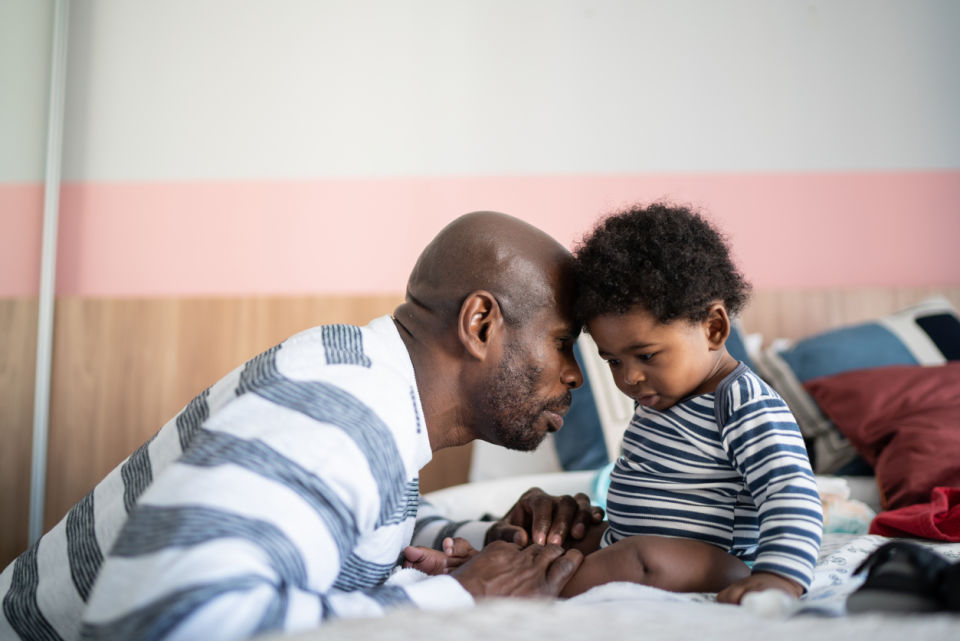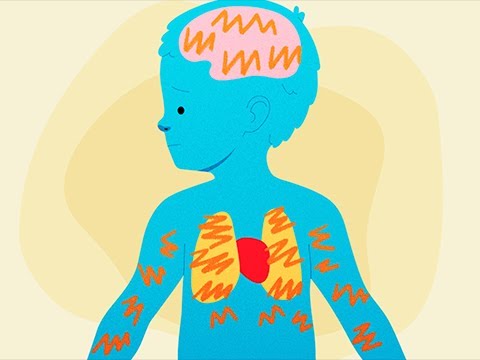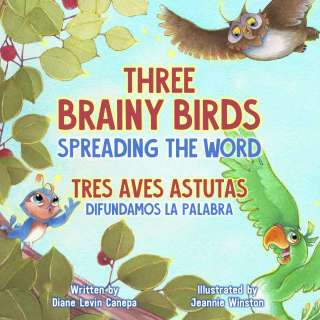Being the caregiver for a toddler comes with so many sweet moments, belly laughs and a lot of big feelings. Toddlers are still learning how to feel and deal with their emotions. Try out these simple strategies to teach them ways to cope with their feelings.

Big emotions and outbursts are completely normal for young children ages 0–3. Because they haven’t yet mastered the ability to communicate about their emotions in a logical way, it can seem like they’re always on the verge of an outburst. You can help them understand these feelings and teach them strategies for communicating their emotions. In the process, they’ll become better at coping with these big feelings.
Teach your child how to name their feelings.
Start out with the basic feelings like happy, sad, and angry. Help them identify those emotions when they’re happening. For example, “You are mad that we can’t play at the park anymore,” or “You are happy when we play together.” The more you identify their emotions, the easier it will be for them to start communicating their emotions with you. You can also use books and TV shows to identify emotions you see in others. Ask, “How do you think they feel right now?” and discuss why they might be feeling that way. This can help increase your child’s empathy with how others are feeling too. Check out this A-Z list of feelings to explore more emotions to teach to your child over time.
Talk about healthy ways to express emotions.
When children feel big emotions, they don’t always have the coping strategies for dealing with those feelings. This can lead to whining and crying or even aggressive behaviors like hitting. Teaching them simple strategies like belly breathing, stretching, or finding a trusted adult to help enables them to manage their feelings, limiting an outburst. You can also try naming the places where they feel the emotions in their body. This exercise can help distract them from their outburst and pull them into the present moment. The more you encourage and model these behaviors, the quicker your toddler will begin to do them on their own. Read our previous article for ways to help your child cope with challenges and increase their resilience.
Focus on praising positive behaviors, and avoid big reactions to negative behaviors.
Many toddlers love getting positive attention from their caregiver, so a big reaction from you will reinforce whatever your toddler is doing. When you see your child doing a positive behavior like sharing their toys or talking about their big feelings, heap on the praise. Give them a hug, and tell them they did a great job. Even if they have a temper tantrum, you can praise them for behaviors like calming themselves or regaining control. As you reward these positive behaviors, they’ll become more and more frequent.






